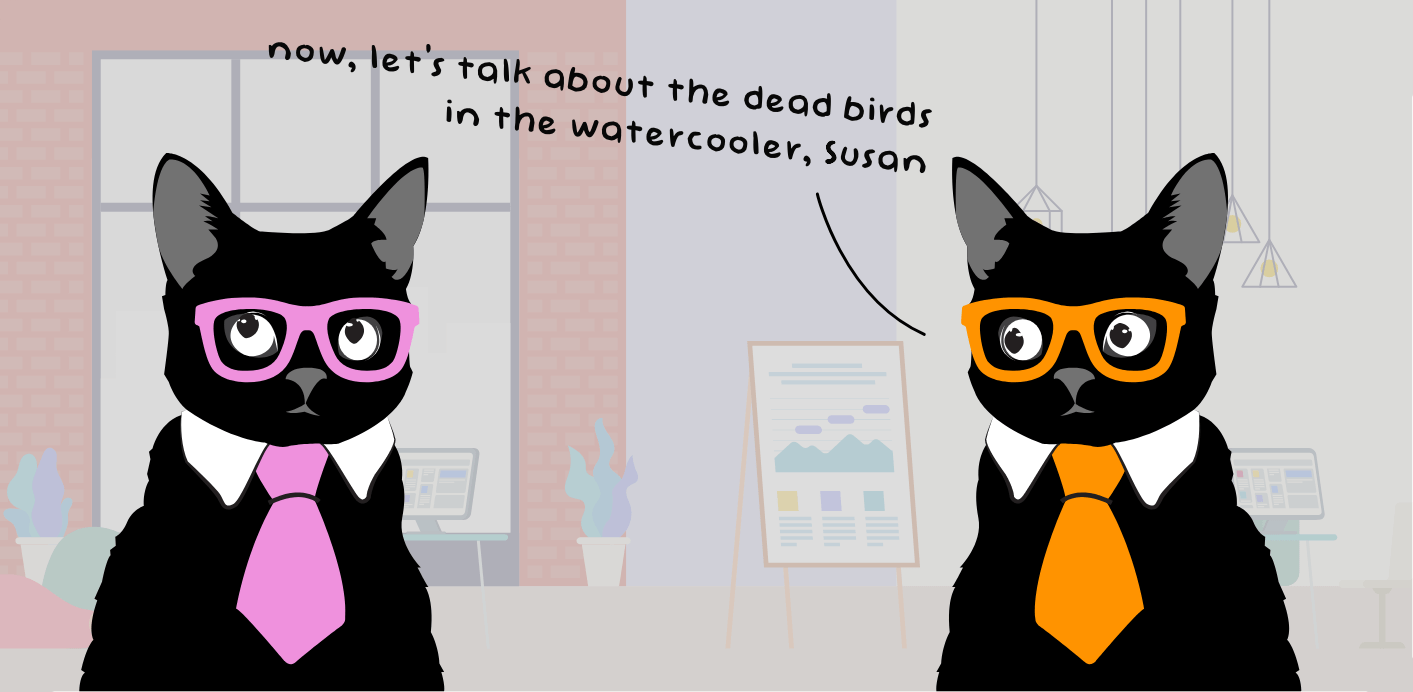Burnout is something that 3 in every 4 people, at some point or other, experience at work.
When it goes unchecked, it can result in a loss of focus and productivity, a dip in morale, decreased participation, and absenteeism.
Things that you don’t normally associate with a high-functioning customer support team.
The problem is, customer service just so happens to be one of those inherently stressful professions. Who knew a combination of having to regularly deal with unhappy customers and a never-ending queue of support tickets would be the perfect cocktail for burnout?
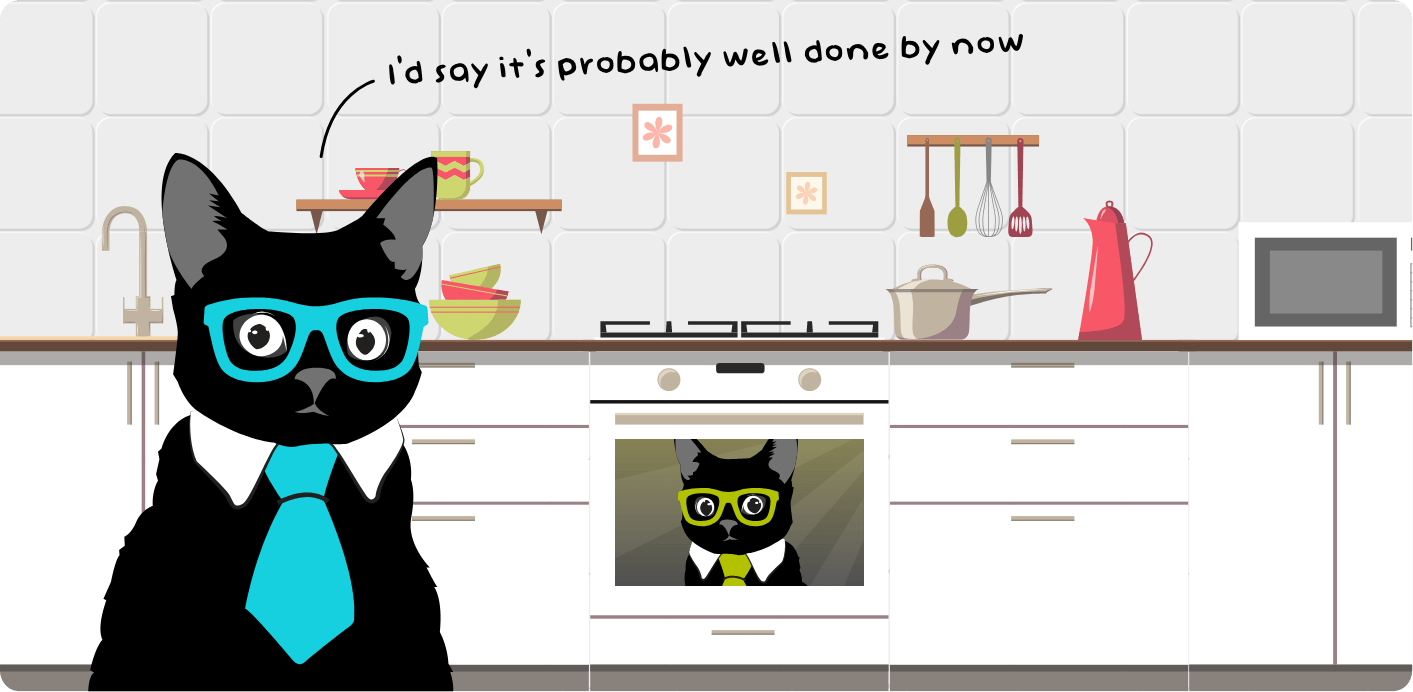
What makes customer service professionals burn out
The pressure of time pushes support reps toward burnout
For starters, the workload is a big contributor to customer service burnout. Assuming that you’ve hired motivated people, your team is dedicated to doing their best with every ticket that comes in. However, often there just isn’t enough time for that.
Some cases cannot be solved in 10 or even 30 minutes. Sometimes, customer service employees need to collaborate with multiple teams and people on your side, as well as the customer’s side. Complex communication paths can eat away quite a large part of a workday.
We all know how a simple question can easily escalate to a full product demo. With new tickets piling up in the backlog, agents are forced to rush through their work.

Monotonous work kills the joy of work
While there are tickets that take a lot of time to solve, there are also cases that take just a few minutes of work. Usually, these make up quite a large proportion of your support volume.
If nearly all your cases require little work from your customer support reps, you’re running the risk of forcing your agents to do monotonous work. Selecting a pre-written macro for every ticket might not be challenging enough for your highly motivated team.
Let’s face it: saying the same thing over the phone, over and over again, doesn’t sound too great in the long run.
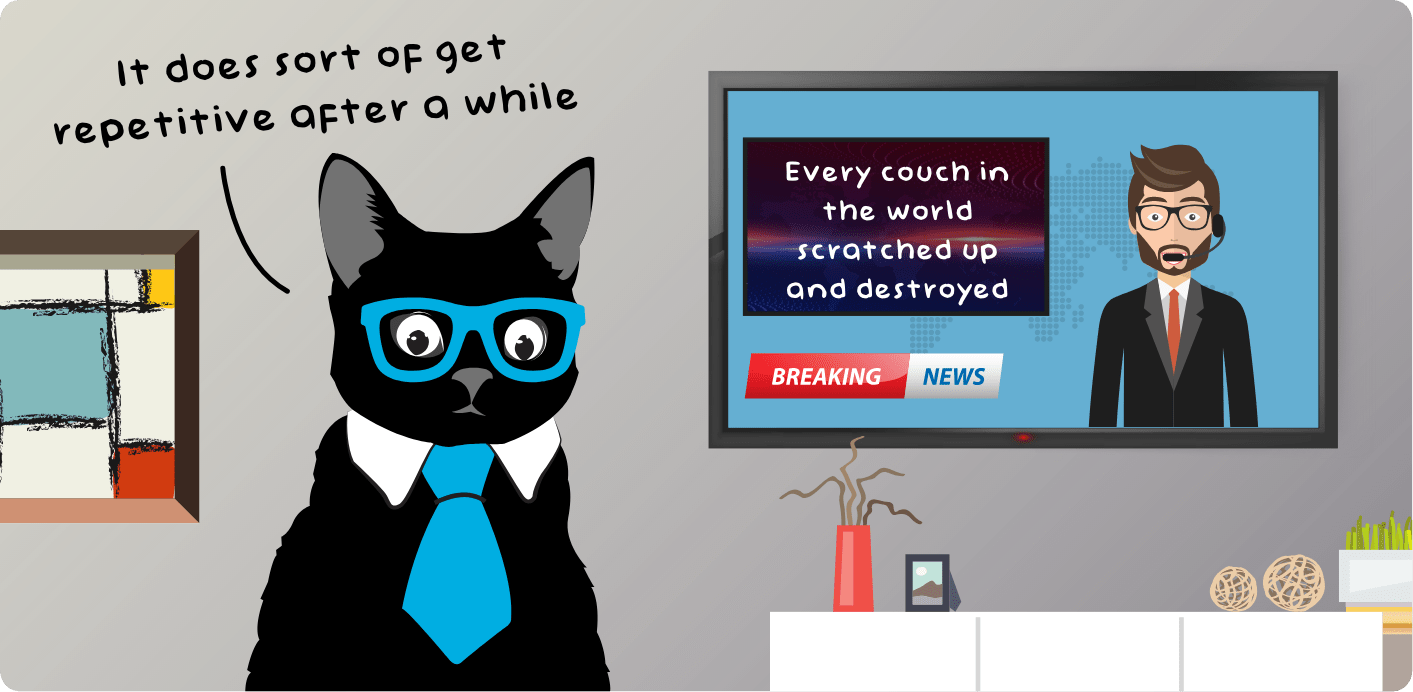
Weak internal communication creates unease
Weak internal communication is an additional factor that can magnify the stress caused by too little time and too much work. Customer support agents work as mediators between the customers and your company, and their work relies on cooperation with other teams.
Inter-team communication can bring about a lot of unnecessary fuzz — having to look for the right person to talk to, getting the feeling that they’re interrupting other people, receiving negative attitudes from colleagues, etc.
All of these can play a part in customer service agent burnout. Without proper internal communication plans in place, your customer service team might be battling with uncomfortable situations like this every single day.

Unrealistic requests put support reps in uncomfortable situations
There are situations when your agents have enough time and resources to handle customer cases, but still, end up feeling down. Unfortunately, almost all customer service reps have met angry customers who are impossible to satisfy.
Sometimes customers ask for things that your customer reps just cannot do, even if they would really like to. And, there are times when those requests make no sense to anyone in your company.

How to prevent customer service burnout
So, with all this being said — what else can you do to prevent customer service burnout?
That’s what we asked this all-star crew of support leaders. And here are their top tips for you to purr-tect your customer service team from getting overwhelmed.

Set expectations early in your agent onboarding process
It’s hard to succeed when you don’t know what the definition of success looks like.
A well-planned agent onboarding program is your opportunity to eliminate this ambiguity and help your team understand exactly what they’re trying to achieve with clear goals linked to specific support KPIs.
You’ll also want to demonstrate how individual projects and tasks fit in with company-wide goals. This allows your agents to understand the larger impact of the work they do, improving both morale and team spirit.
Once you’ve established targets to strive for, you’ll need to follow this up by creating a clear pathway to help agents achieve these goals.
Give your agents all the context and information they need to feel more comfortable in their role. This includes going through the different:
- customer personas they’ll be dealing with;
- ways in which your product is used;
- scenarios they might encounter;
- the software they’ll be using.
Equipping your support team with all the tools, information, and resources they need to succeed before throwing them in the deep end will reduce anxiety and significantly curb the chances of burnout plaguing your team in the future.

Create a variety in your team’s workload (and be mindful of it)
Are your customer service agents struggling with their workload? The least you can do to help is keep an eye on relevant support metrics like Ticket Volume and Average Handle Time, and take action if needed. For example, if there’s an increase in either of these metrics, it might be high time to start advertising additional customer service jobs.
On the flip side — if the numbers show that the customer service agents need just a few minutes to resolve all of their cases, you should probably watch out for monotonous, repetitive tasks which also contribute to burnout. An easy starting point to mend this is by reducing the effort needed to resolve these repetitive questions.
Creating and maintaining a robust knowledge base alone will significantly reduce the number of repetitive queries you receive. Some companies even report a 35% decrease in support tickets after implementing a knowledge base.
That said, no matter how good your knowledge base is, customers will still reach out to your agents with repetitive queries. Pre-made templates that are easy to personalize will allow your agents to respond to such questions in a quick and frictionless manner.
While dealing with support tickets is a core part of an agent’s job, make sure to mix it up with other projects as well. Ensure there’s dedicated time set aside to participate in different activities like team meetings, 1-to-1s, conversation reviews, and non-work social time.
You can even consider experimenting with shifting schedules to different times/channels, have seasoned agents mentor new ones, or involve them in inter-department activities (like working with the marketing team on a content piece, for example) from time to time to keep things fresh.
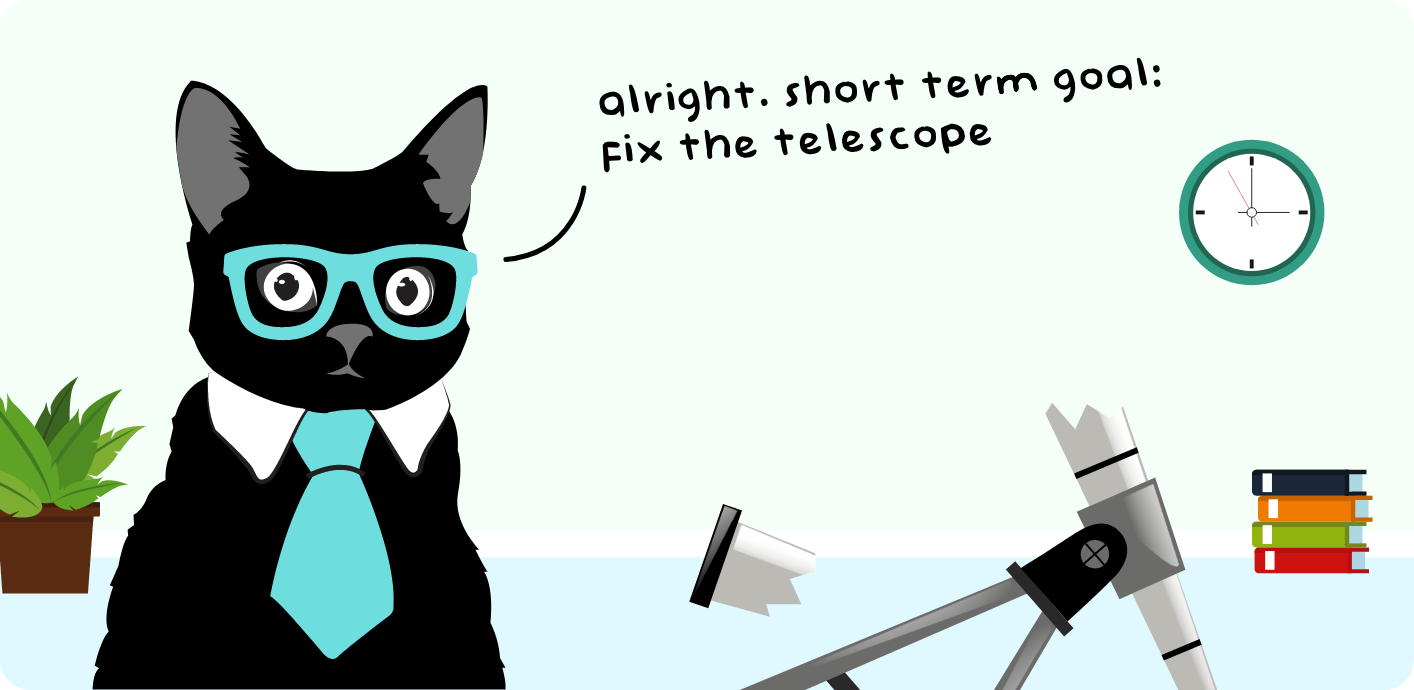
Don’t let meetings be exhausting
When you’re racing against the clock trying to tackle a long queue of support tickets, every second counts. You don’t want to be disrupting the flow of your agents’ busy work days with meetings that exist simply to tick a box.
Now, don’t get us wrong. Team meetings are a great platform to discuss the changes, ideas, and challenges that affect your support team.
But it’s essential that each of your customer service team meetings have a clear purpose and goal. Make it a practice to share the agenda in advance so that everyone is on the same page and knows exactly what you’re trying to achieve.
Meetings might also be one of the few social interactions, not focused on solving a specific problem around customer interactions, you have as a unit. So use this time to gauge your team’s overall energy and motivation levels.
Ensure your meetings are scheduled at a time that works for your entire team. Avoid going over the time frame you’ve set (we recommend 45 minutes) or calling meetings for things that can just as easily be communicated via Slack.

Use conversation reviews as your base for coaching
Handling emotionally challenging conversations is unfortunately just part of the customer service package.
However, with a systematic approach to coaching sessions, your support team can get better at handling difficult conversations with angry customers.

Regular conversation reviews are the starting point of successful coaching sessions for a reason. Amongst other things, it gives you an easy way to keep track of your agents’ individual progress, helping you identify and prevent agent burnout before it becomes a problem.
Once you narrow down the conversations that your agents struggle with the most, you can bring it full circle by following it up with personalized feedback to struggling agents and changes to your training programs based on the patterns you notice.
Make feedback a part of your customer service routines
Even your top-performing agents are probably dealing with stressful situations like the ones we’ve mentioned above. Give them opportunities to let some steam out and provide them with feedback on how they’re doing:
- Weekly team meetings are a great place to discuss outstanding cases in a relaxed atmosphere;
- Day-to-day chats on Slack or other team communication channels are a great way to discuss issues as they come up and to chit-chat on topics more or less related to customer service;
- Monthly or quarterly one-on-one meetings give you an opportunity to get to know how your agents are doing.
This dedicated face time with individuals from your team will not only help you gain insight into how your agents are performing and progressing towards their goals but also helps you understand how they are coping with everything that is going on in their lives.
Make sure that you provide enough feedback to all of your agents, though, including the average performers, who rarely make it to the extremely negative or positive lists. They are all tackling the same stressful situations, and sometimes feedback like “That’s fine, continue” is exactly what they need.

Here are some tips for your 1-to-1s with agents to minimize the chances of burnout:
- Give agents plenty of space to talk and use lots of open-ended questions to keep the conversation flowing;
- Open up the agenda to agents so they can talk about the most important things to them at any given time;
- Take a lot of notes. You can not only quickly refer back to points in your next meeting with the team member but also identify similar topics or themes that come up over time and with different agents;
- Besides checking in on their motivation and job satisfaction levels, you’ll want to gauge how agents are meeting their long-term goals. Create customized growth plans tailored to your agents’ strengths to help them progress professionally.
Trust your agents to make on-the-spot decisions
No support system can survive without a framework of rules.
However, if they are too rigid, you risk agents feeling like they’re just sticking to scripts, leaving them unfulfilled. Balancing the fine line between helping customers and following policy can also be a cause of agent anxiety.
Allowing your agents more decision-making power gives them a sense of ownership and belonging. This not only results in higher productivity but ultimately a higher quality of service for your customers as well.
Speaking of: Encourage your team not to take issues like this personally by assuring them that it is OK to decline customer issues that don’t align with your company’s goals. And, as Help Scout put it, sometimes breaking up with a customer is the best possible solution.

Keep in mind, that this is a double-edged sword. While giving your agents more autonomy is great, make sure you’re not forcing them to spend all day making judgment calls, which in itself can be another significant cause of burnout.
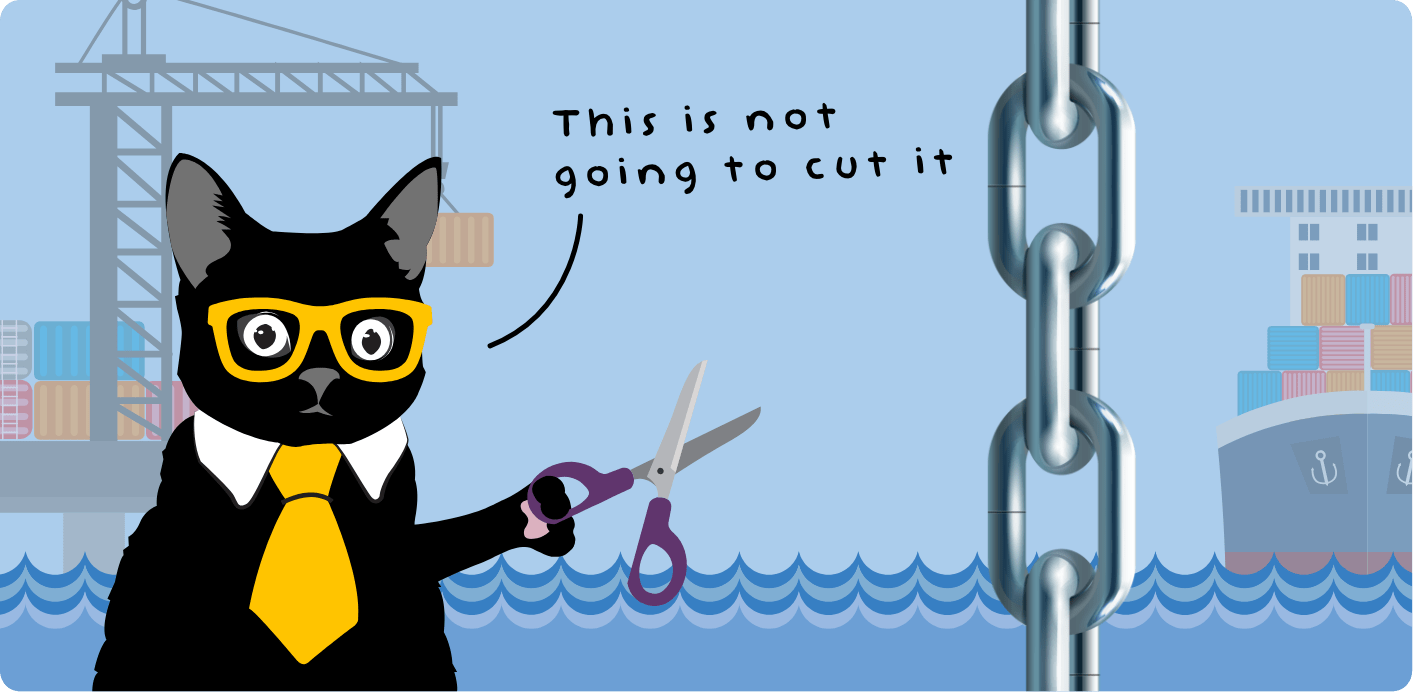
Invest in support software that your team enjoys using
Using software that you don’t enjoy can be frustrating. When you’re forced to use it for all your daily responsibilities, it can be a major cause of stress.
Difficult-to-use technology unnecessarily complicates the already complicated lives of your support reps. That’s why you need to ensure your agents actually enjoy the different software you’re using.
You can do this by signing up for trials of different software to go through yourself and by also actively involving agents, who’ll be using the software the most, in the decision-making process.
While far from an exhaustive list, here are some must-have features you’d want your customer service software to come with:
- Sufficient context about customers;
- Quick links to easily look up information;
- The ability to personalize and add their own touch to responses;
- A way to efficiently automate repetitive tasks (like macros, canned responses, and so on).
The best customer service software has the potential to enhance the agent experience significantly. And more often than not, an improved agent experience translates to an improved customer experience.
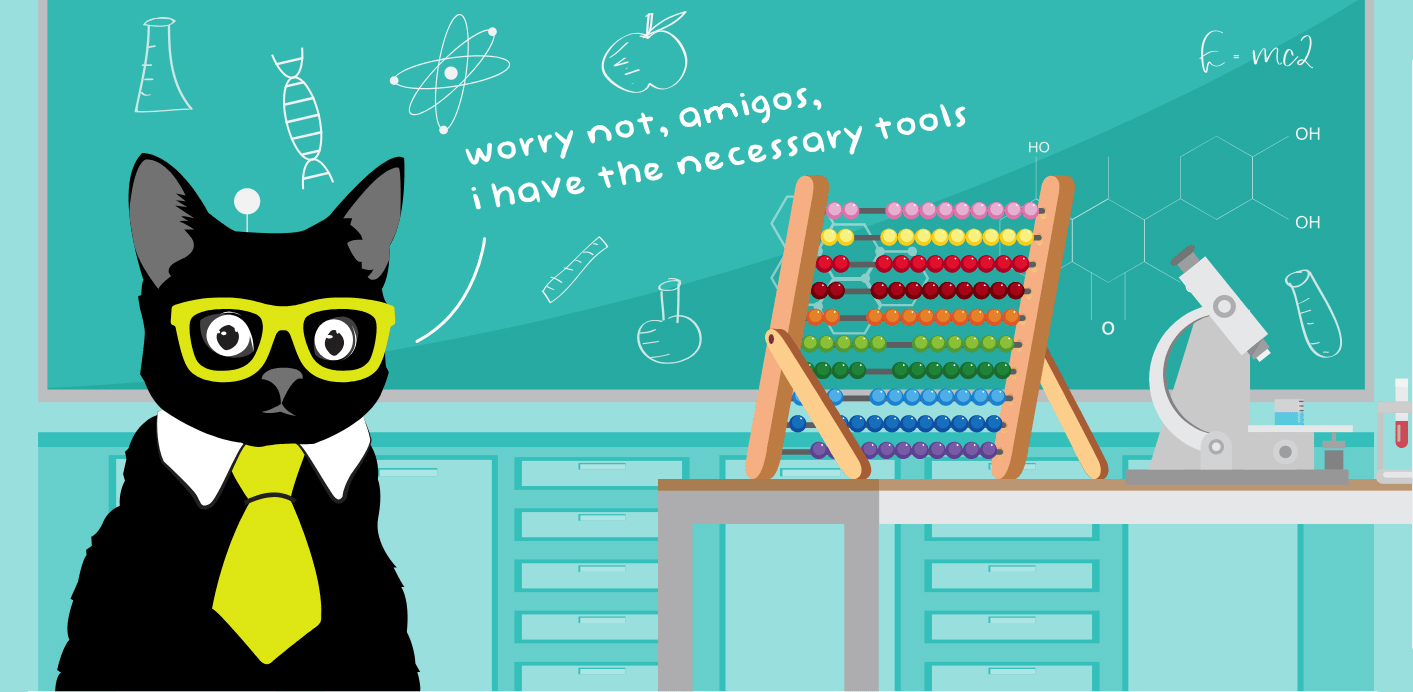
Recognize good work
We’ve highlighted it multiple times in this article alone, but it’s still worth saying again… Being on the front lines of customer service is a hard job!
So it shouldn’t come as a surprise that if your support agents feel like they don’t get the recognition they deserve, they’re bound to get demotivated.
This includes both recognizing the excellent work they’re doing as well as times when they just need a break.
Whatever the case, it’s essential to constantly make your team feel appreciated and optimistic. Here are some ideas you could consider trying to keep your remote support team’s morale high:
- Creating a shout-out channel on Slack where anyone can praise a coworker;
- Virtual coffees with rotating groups of team members during work hours;
- Putting together swag packages, written letters, or surprise gifts;
- Audio-only meetings that encourage people to walk and talk;
- Encourage a healthy work-life balance with a flexible work schedule;
- Group activities like trivia, online games, etc.

Bridge the gap between different teams at your company
Another huge reason for burnout in support teams is a mismatch between customer service and other departments, such as product teams.
A product without the right support system around it often results in increased workloads and ultimately burnout. It’s key to bridge the gap between product and support as much as possible.
You want to ensure that both teams are always up-to-date with what the other has been working on. Set up clear processes for agents to share their customer insights at, most importantly but not limited to, roadmap prioritization meetings.
You should also examine if the tools you’re using allow for sufficient context sharing whenever a ticket is created so that unnecessary back-and-forths between support and product teams can be eliminated.

While we’ve narrowed our product, the same principle holds true for other departments as well.
Your customer service agents should not be feeling uneasy when approaching other teams to solve customer issues. A solid internal communication plan makes sure that everyone knows how to handle cases that require cooperation:
- Appoint go-to persons in each department whom your customer service agents can collaborate with. Make sure you communicate this well to all affected parties.
- Agree upon the preferred communication channels. Should agents call other teams, email them or turn to them in person?
- Define levels of criticality. There are issues that need to be dealt with immediately, and those that can be postponed for a while. Respect everyone’s time and communicate all customer service issues with the information on criticality.
It’s time to burn out that burnout!
There’s no need to pretend that working in the customer service industry is not stressful. Most of the time it is, and this chronic workplace stress can pave the way to your agents’ burnout.
The difficult part here is not customer service employees experiencing burnout, but figuring out when they do — especially when working remotely — and how to actually help them.
In some cases, burnout may be quite easy to identify. In others, it may be a silent killer that rears its ugly head only after a while.
Whatever the case, with your newly acquired fire extinguisher packed with tips, you’re putting yourself in the best position to show burnout the way out.
A massive shoutout to all the ameowzing contributors of this article who were incredibly gracious with their time and input!
Do you have a different tactic that’s worked well with your support team? Share your brain food with the cat crew over at our CX-focussed community, Quality Tribe!
Originally published: July 2022; last updated: March 2023.








